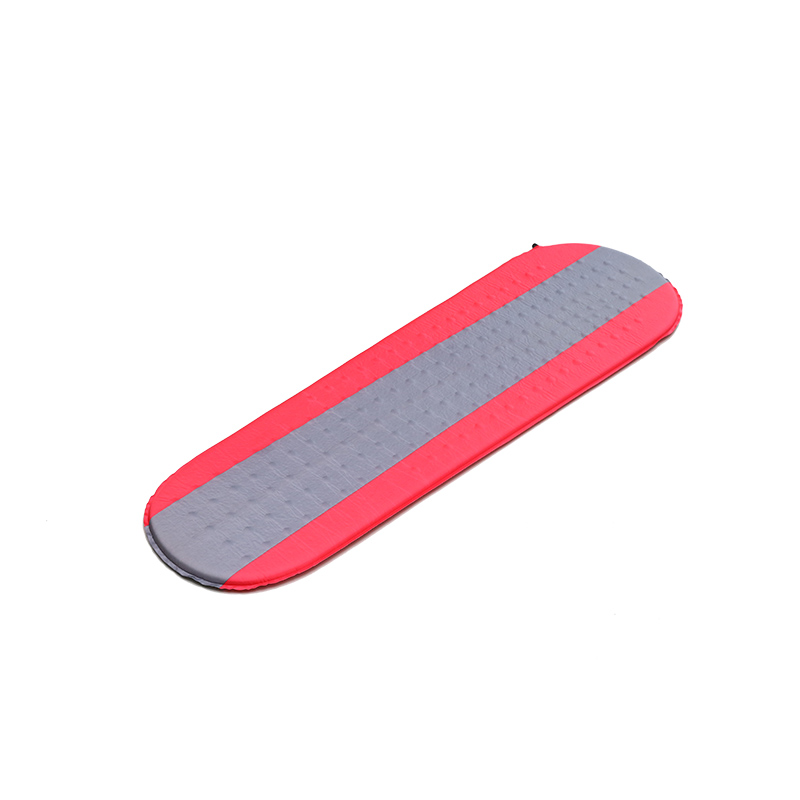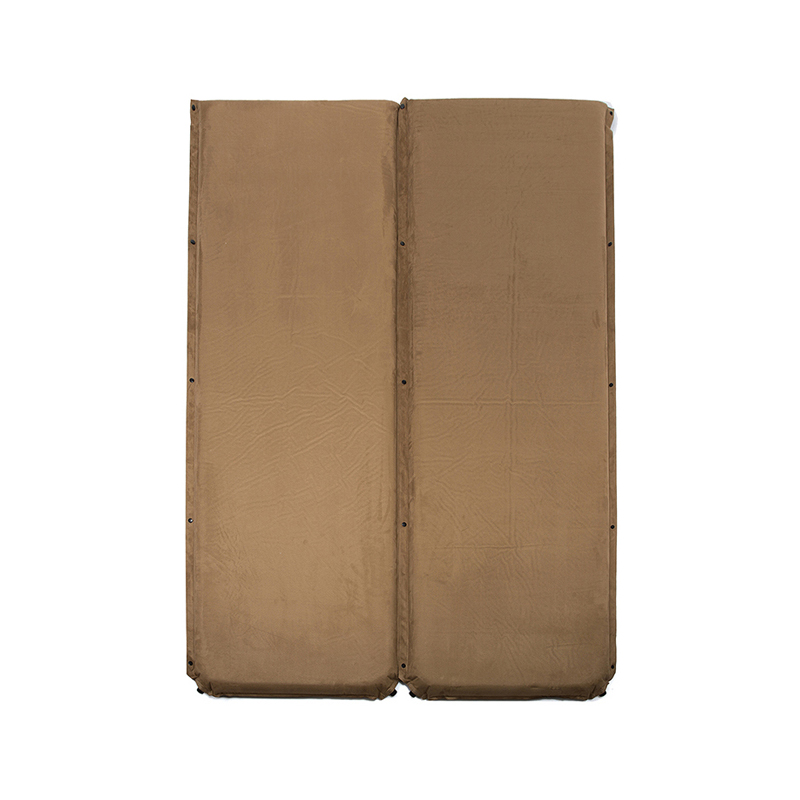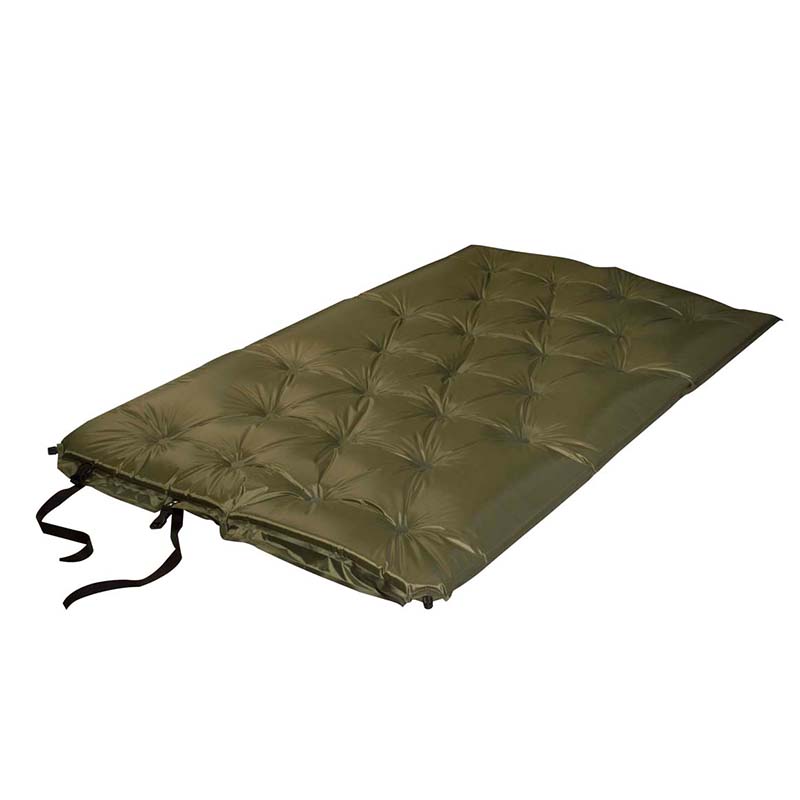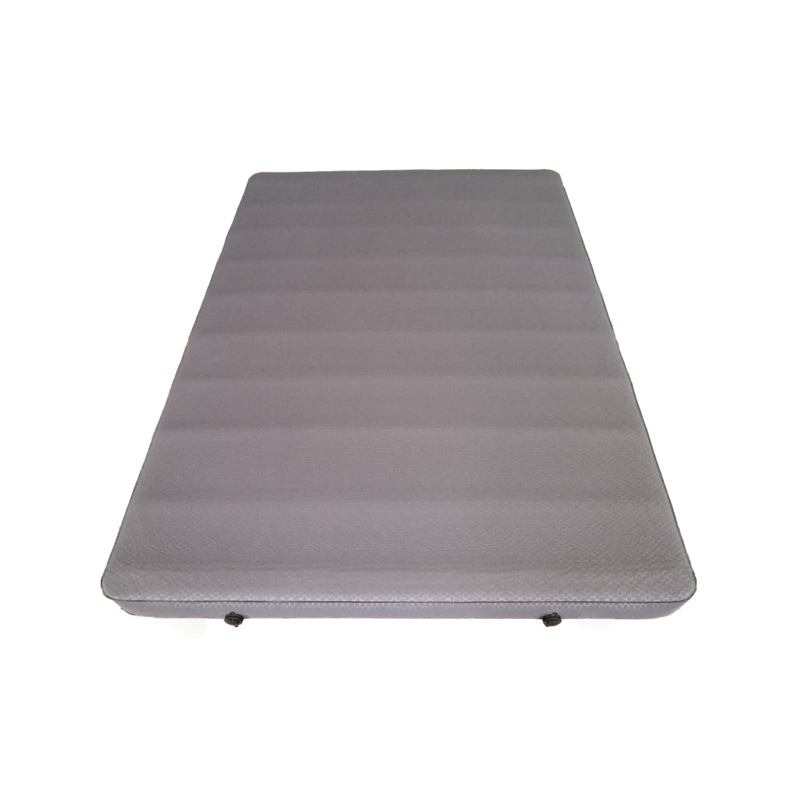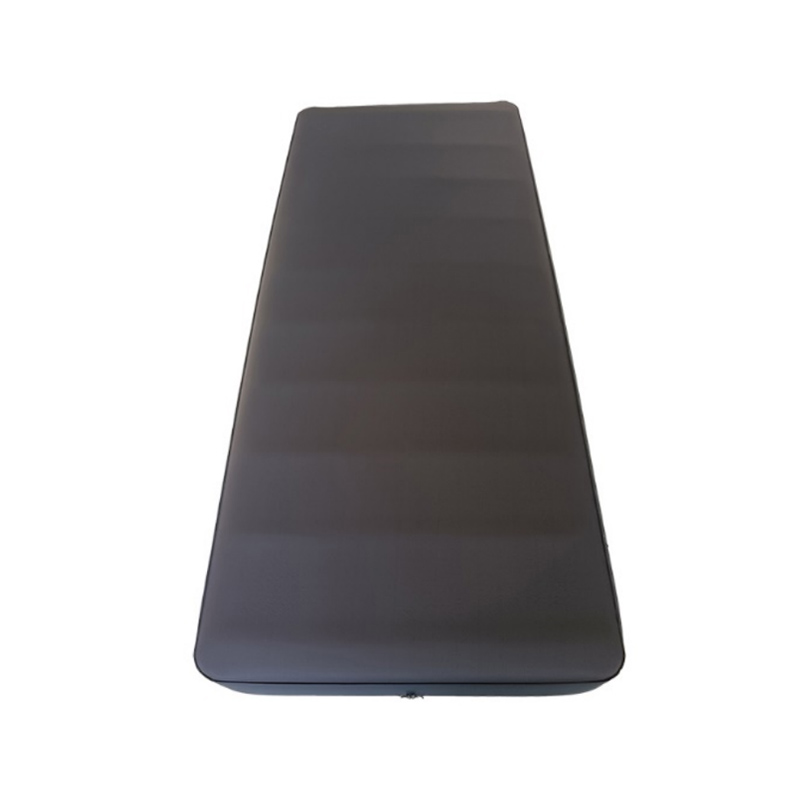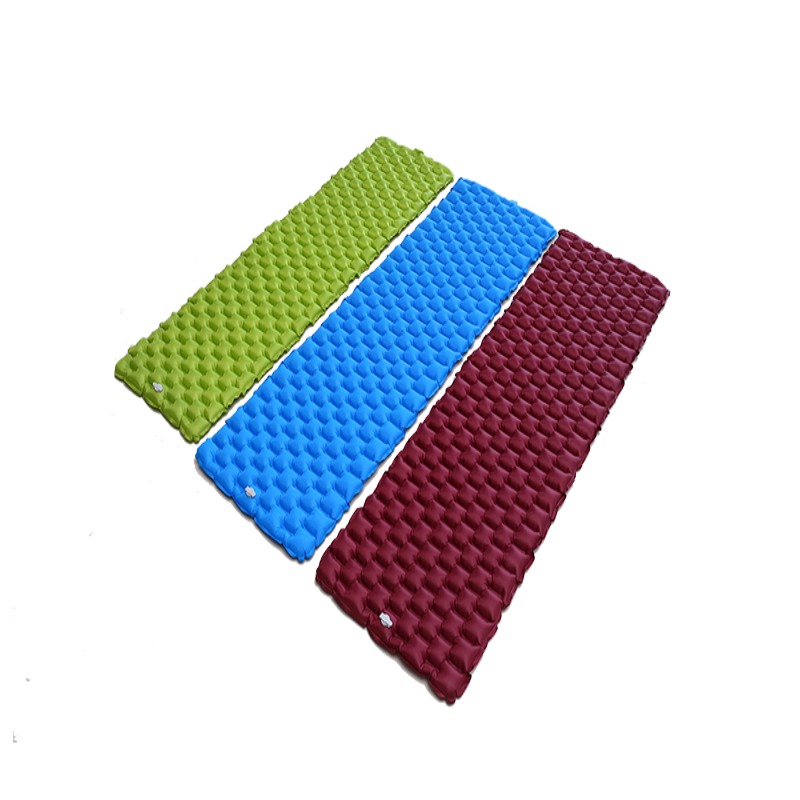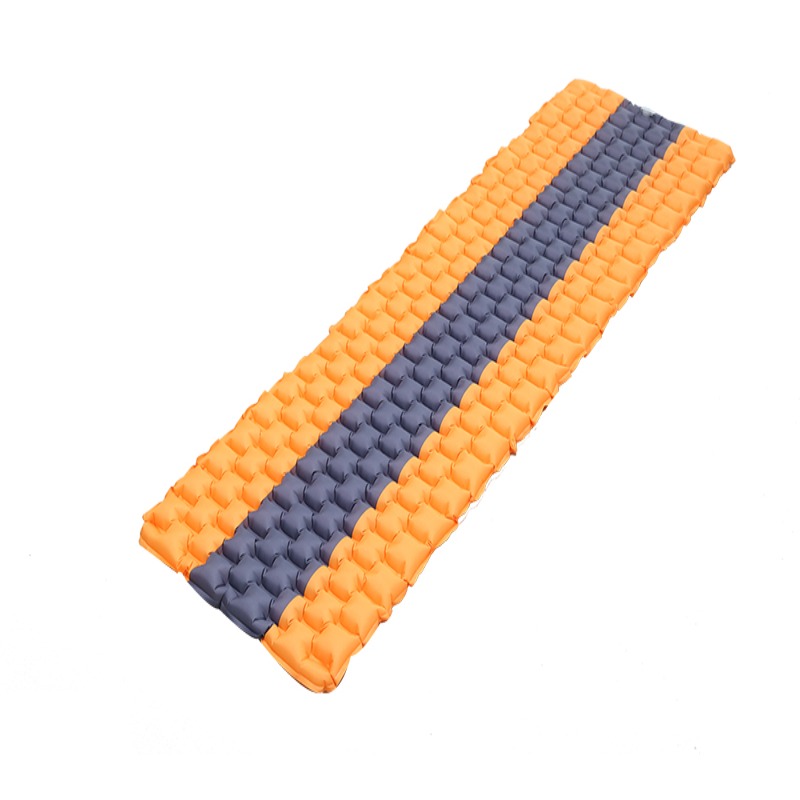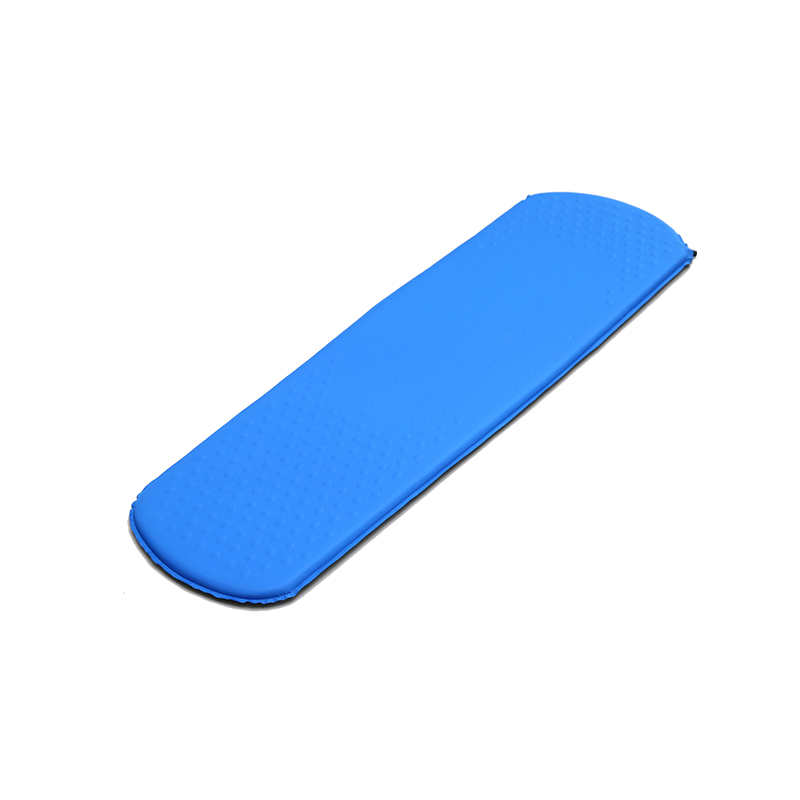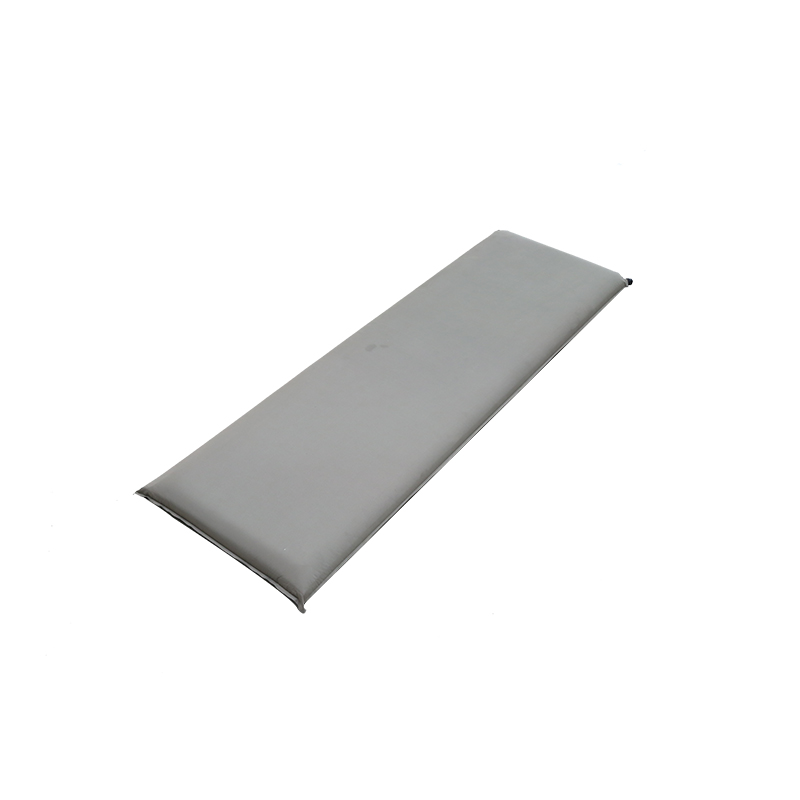Material
The most fundamental thing of all sleeping mats is the composition of "foam", and there are two basic types: closed-cell and open-cell. The so-called closed chamber foaming is a piece of plastic sleeping pad composed of small bubbles. Since each bubble is an independent unit and closed, this kind of sleeping pad does not absorb water. You can find these non-compressible, non-expandable, non-dismantling, and multi-color sleeping mats in various outdoor products companies all over the closed room. Early closed-chamber sleeping foam sleeping pads were made by vinylnitrile, which would break when the weather quickly became cold. Most of this material has been replaced by cross-linked polyethylene. The lithographic cross-linked polyethylene is quite hard, so some manufacturers have added EVA (ethylenevinyl-acetate, a rubber polymer) to increase softness.
Open-cell foam is a compressed material that can be found in furniture and sponges. It is made of expanded polyurethane (polyurethane). It is completely different from closed cell foaming: all the bubble cells in the polymer are connected and form a honeycomb structure. Since the bubble chamber has fewer solid walls (more hollow), the open chamber foam will have a lighter weight and more compressible; but it will absorb water, just like a sponge.
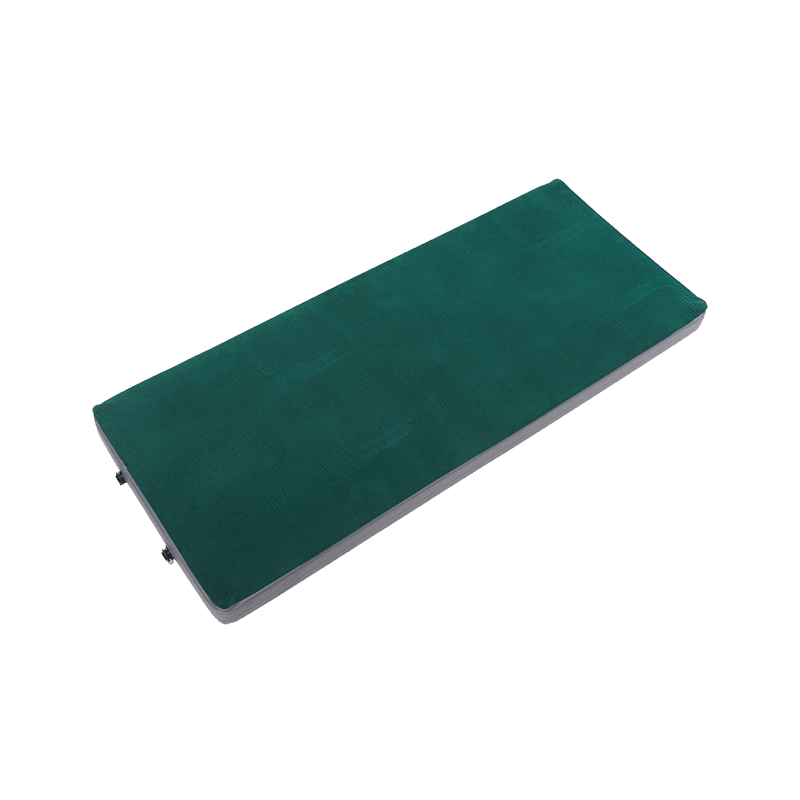

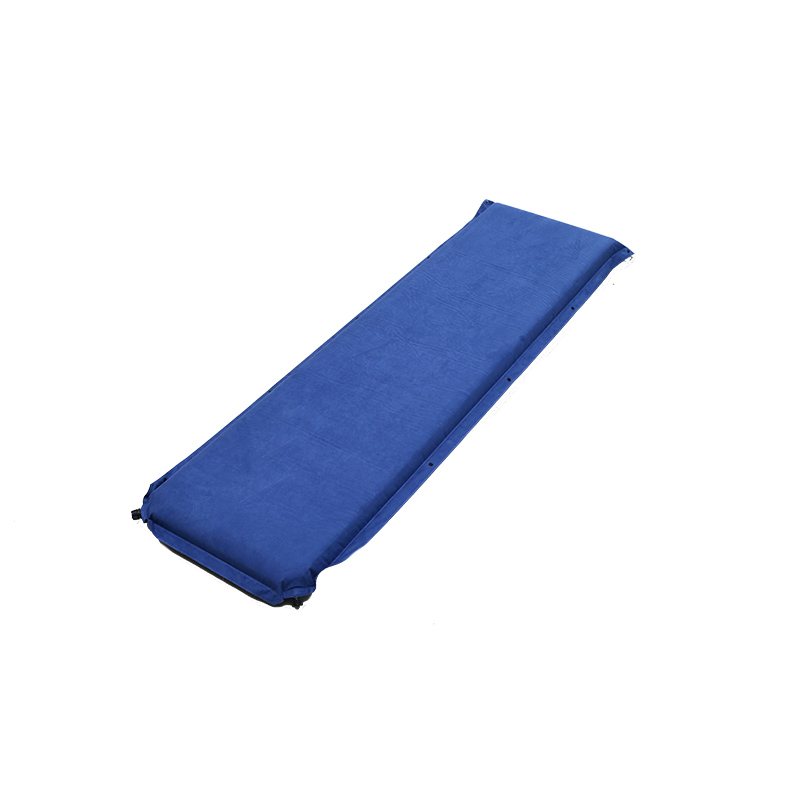
Manufacturing
The manufacturing process of the closed room foam sleeping pad is quite simple: pour or press the foamed plastic into the mold, and then cut it into the final shape. Some closed-chamber foam sleeping pads also add a layer of open-chamber foam to increase softness; but this layer of open-chamber foam will absorb water, which will make your sleeping bag wet.
Part of the typical open room foam is put into an expandable nylon envelope, which can be improved: firstly it can be waterproof and keep the foam dry, and secondly, you can adjust the air pressure, so it is better than a closed room sleeping pad More flexible. Inflatable foam room sleeping pads are warmer than ordinary flat air mattresses because of the addition of Nylon. Because it minimizes air convection and reduces heat loss
Features
Closed room sleeping pad is resistant to injury. If you accidentally step on it with your crampons, it will not be unusable. If something hot is dropped on your closed room sleeping mat, it will only be melted away, and the other parts will remain intact. But on the other hand, it is not very soft, so for some people who are accustomed to sleeping on a soft mattress, it is difficult to adapt to a closed room sleeping pad, even if the sleeping pad is very light and large.
Many inflatable sleeping pads can provide a very comfortable feeling on the back. Because you can adjust the sleeping pad air pressure to meet your needs. Although many people who travel in the wild for a long time mostly choose this kind of sleeping pad, this kind of sleeping pad is easily damaged. For example, confiscated Swiss knives, hot pots, and unplaced ice axes will pierce the sleeping mat and cause air leakage. But most of the inflatable sleeping pads will come with repair tools. The weight of these sleeping pads depends on the type, but after compression and packaging, it is only about half of the closed room sleeping pad. The open-chamber foam sleeping pad without the Nylon envelope is best not to buy for climbers because it is large and absorbs water.
The definition of warmth is: the closed room foam sleeping pad has an R value (resistance value of heat transfer) of 2 per half inch (winter load standard), and the weight is about one pound. The open-chamber foam sleeping pad with a Nylon cover has an R value of 4 and a weight of two and one-quarter pounds for every one and a half inch. As for the price, the closed room foam sleeping pad is about one-third to one-quarter of the open room foam sleeping pad.
Applicable sleeping pad
What kind of sleeping pad is suitable? First of all, warmth, weight, comfort, durability and size must be considered in order. But for a mountaineer, a good night’s sleep may be a very important thing. If you are usually accustomed to sleeping naked on a super-large water bed, it is best to choose a luxurious two-inch thick, full-length open room foam sleeping mat, without worrying about the weight. If you are someone who can sleep on a harder bed, then a three-quarter-length closed room foam sleeping pad is sufficient. The author has used half-length closed-compartment foam sleeping pads for the past two decades. Now that he is old, perhaps smarter, his bones are a bit hard and brittle. Therefore, a lightweight, three-quarter length expandable foam sleeping pad is often used. In winter, the author will bring a full-length closed room foam sleeping pad and a complete repair tool to prevent the open room foam sleeping pad from breaking.

 简体中文
简体中文 English
English 日本語
日本語 Español
Español Deutsch
Deutsch